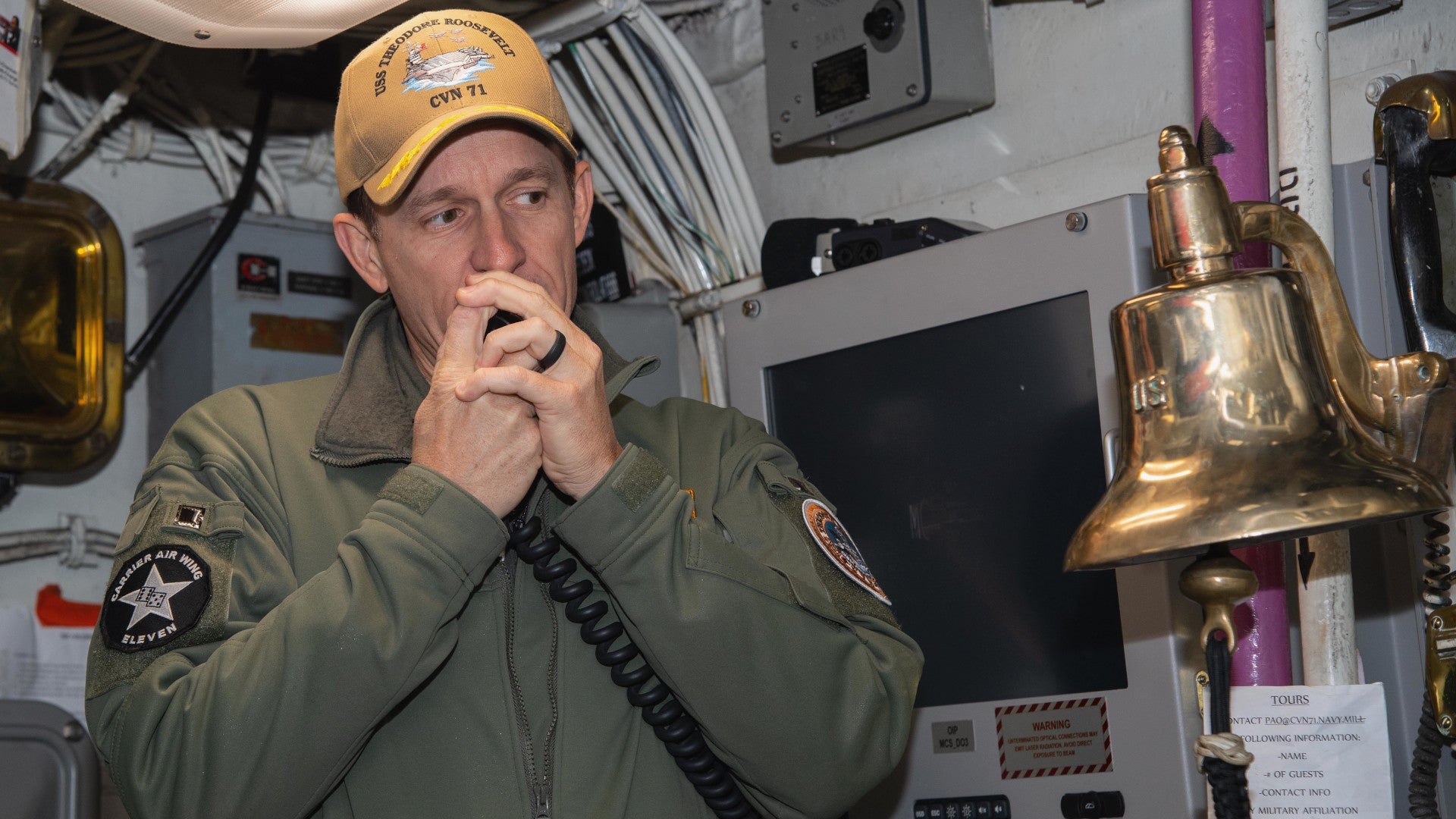The captain of the U.S. Navy’s Nimitz class aircraft carrier USS Theodore Roosevelt, which is in port in Guam and experiencing a major outbreak of the COVID-19 novel coronavirus, has sent an unprecedented letter to the service’s headquarters. In it, the officer implores his superiors to allow him to move the bulk of his crew to facilities ashore to stem the spread of the virus to “prevent tragic outcomes.”
The San Francisco Chronicle
was first to report on the letter from U.S. Navy Captain Brett Crozier, which it obtained and that it says a senior officer on the carrier confirmed as authentic, on Mar. 31, 2020. The Theodore Roosevelt had been operating in the Western Pacific, but sailed to Guam after three sailors tested positive for COVID-19 and arrived there on Mar. 26. The Chronicle has reported that between 150a nd 200 members of the carrier’s crew have now contracted the virus. The War Zone had already warned last week that the situation developing on board the carrier could be a canary in the coal mine type event for the Navy.
“We are not at war. Sailors do not need to die,” Crozier wrote. “If we do not act now, we are failing to properly take care of our most trusted asset – our Sailors.”
“Decisive action is required now in order to comply with CDC and [Navy] guidance and prevent tragic outcomes,” he added.
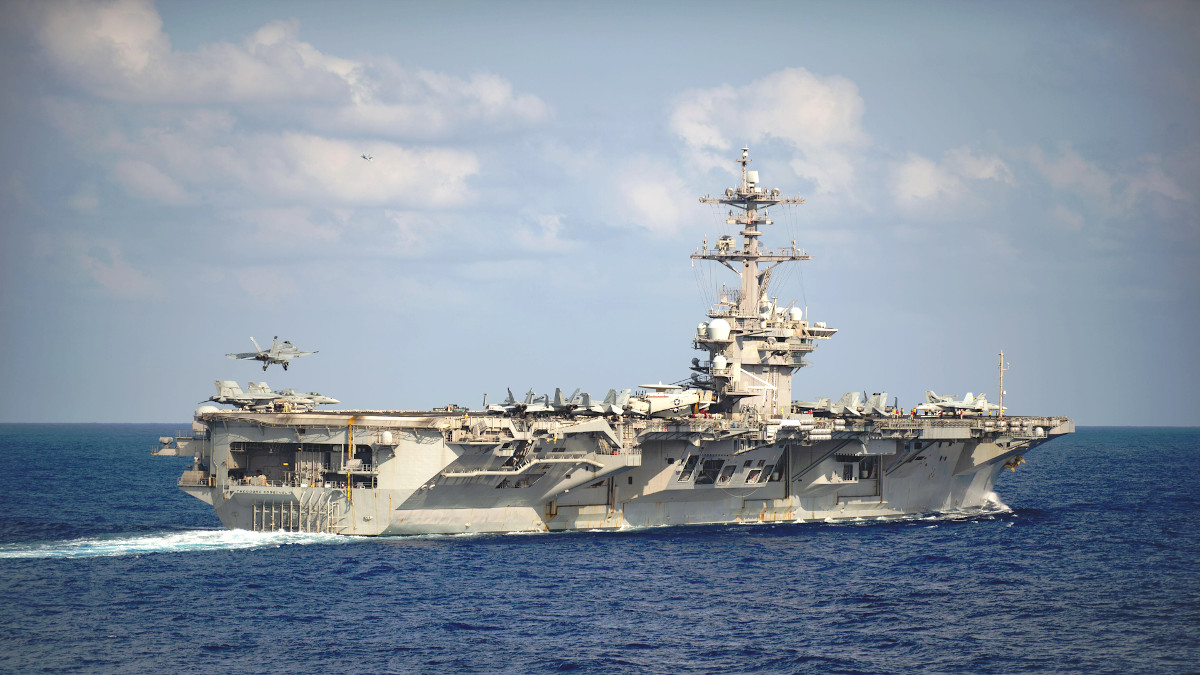
The core issue at present, as Crozier describes it, is that the Navy has not authorized him to move the bulk of the carrier’s approximately 4,000-member crew ashore. The service has moved only a small portion of the sailors known to have COVID-19 to medical facilities on Guam for treatment.
However, COVID-19 has demonstrated both its ability to spread extremely rapidly and to remain dormant for weeks before infected individuals begin presenting symptoms. There is also compelling evidence that asymptomatic individuals can spread the virus. With this in mind, it’s very important to note that Crozier pointed out that seven of the first 33 of Roosevelt‘s sailors to test positive had received negative test results just one to three days earlier.
The entire crew of the Theodore Roosevelt is technically undergoing a two-week quarantine period and is supposed to be practicing social distancing per CDC and Navy guidelines, a key element of which is staying six feet or more away from other individuals whenever possible, in the meantime.
“Due to a warship’s inherent limitations of space, we are not doing this,” Crozier explained. “The spread of the disease is ongoing and accelerating.”
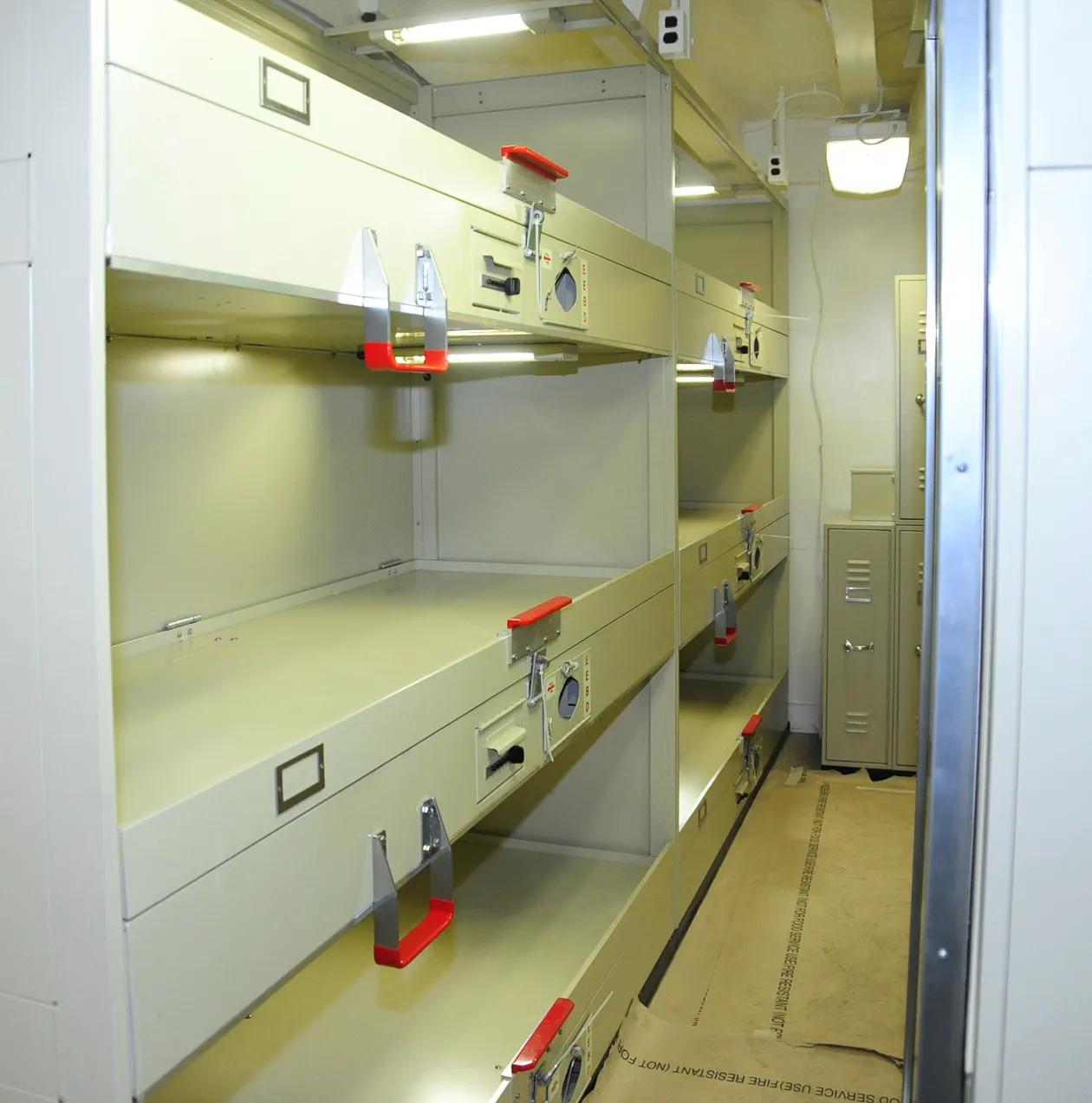
This is an issue that The War Zone
highlighted previously. Personnel on the Navy’s carriers, as well as its other ships and submarines, work and live in extremely close quarters, significantly increasing the risk of spreading any disease, let alone one as demonstrably transmissible as COVID-19.
In his letter, Crozier asks for permission to move most of his crew to actual appropriate quarantine accommodations on shore. A skeleton crew, approximately 10 percent, would continue to look after the ship, especially the operation of its two nuclear reactors, as well as provide security and perform other basic functions.
Crozier’s letter seems to reflect a rapidly expanding debate, and an increasingly serious one, within the U.S. military about how to balance maintaining readiness to respond to crises around the world with keeping personnel as safe as possible from the COVID-19 pandemic. The Pentagon has already ordered the withholding of certain granular information about cases within its ranks that it feels could compromise operational security, though it has pledged to continue disclosing the overall total number of personnel confirmed to have the virus.
“We are confident that our aggressive response will keep USS Theodore Roosevelt able to respond to any crisis in the region,” Chief of Naval Operations Admiral Mike Gilday said last week. Acting Navy Secretary Thomas Modly had also said that the carrier remained “operationally capable if called upon to do so.”
This desire to keep operating as normally as possible certainly seems to have informed the Navy’s decision to have Theodore Roosevelt make a scheduled and historic port visit in Da Nang, Vietnam earlier this month. The country only had a small number of confirmed cases at the time and there were none in Da Nang, which reportedly influenced that risk assessment. The Navy is still unclear where the initial infections occurred.
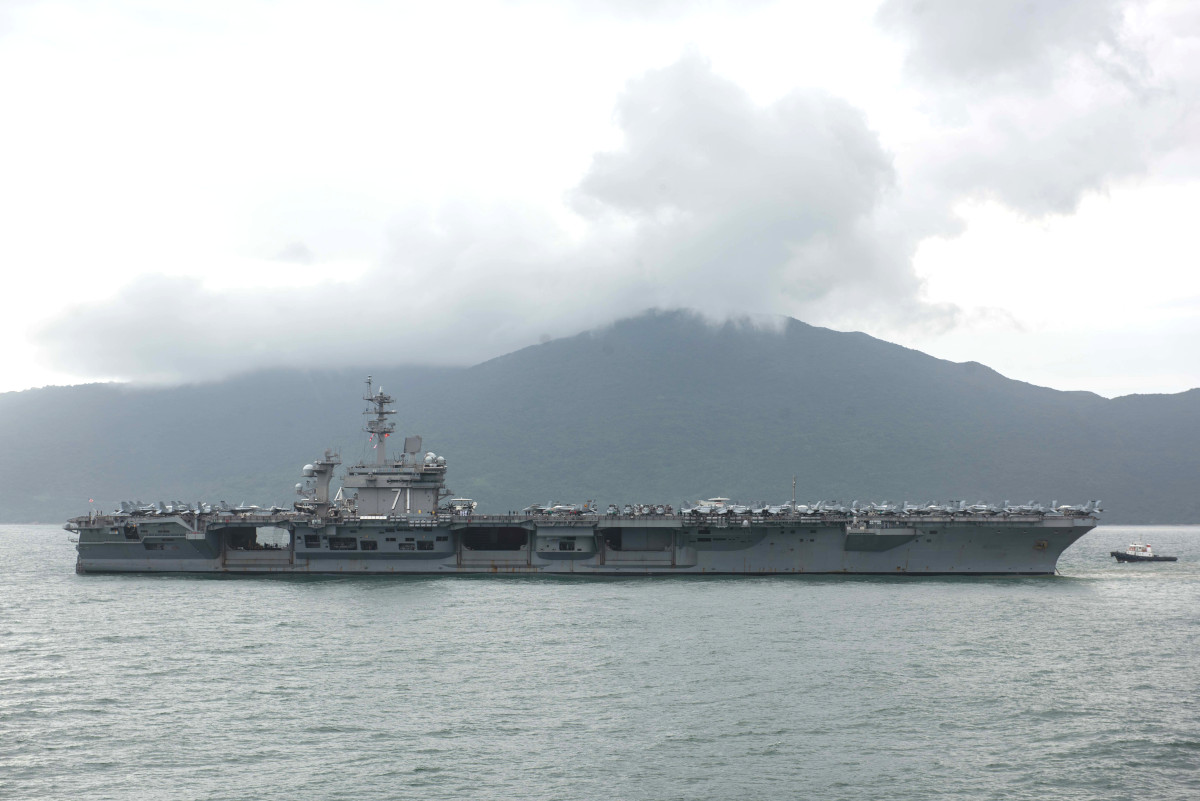
Crozier seems to be extremely concerned that if the Navy does not take certain steps now to prevent the spread of the virus among members of Theodore Roosevelt‘s crew, the carrier’s ability to perform its mission could be severely impacted, whether the service likes it or not.
“The current plan in execution on TR [Theodore Roosevelt] will not achieve virus eradication on any timeline,” the ship’s captain said bluntly. “TR’s best-case results, given the current environment, are likely to be much worse.”
The Navy has said it can only test 200 of the carrier’s sailors every day, but that it may move more to facilities on shore as time goes on, according to CNN. The service also insists that at least some portion of the crew needs to remain on the ship to support various essential functions, something that, as noted, Crozier did not dispute in his letter. However, the captain did decry what he felt was an over-focus on testing, rather than other steps to protect the crew from the virus.
“Testing has no direct influence on the spread of the COVID-19 virus. It merely confirms the presence of the virus,” he wrote. “Due to the close quarters required on a warship and the current number of positive cases, every single Sailor, regardless of rank, on board the TR must be considered “close contact.”
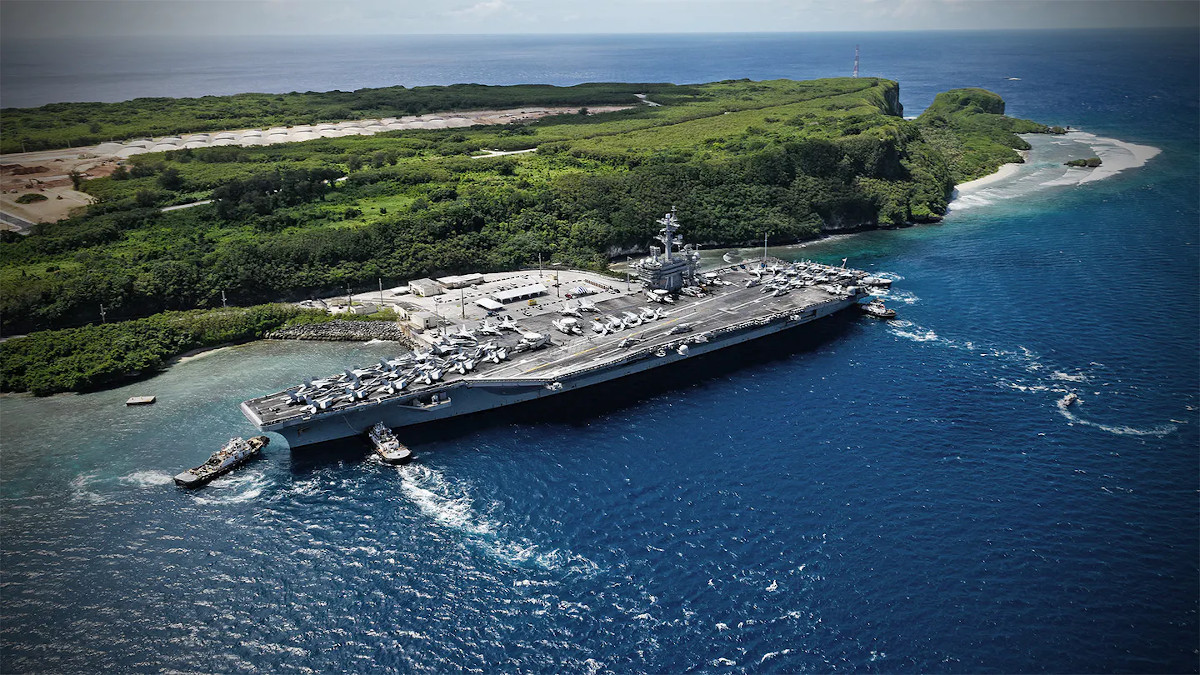
There’s certainly an argument to be made that the U.S. military, as a whole, needs to remain prepared to perform a variety of key missions. Various commands are taking different measures, some of them extreme, to ensure that they can continue to conduct vital missions as the pandemic accelerates.
There have also been concerns about whether bringing COVID-19 cases ashore in Guam might lead to the spread of the virus across the island. “We’re fucked,” one servicemember said according to a report from The Daily Beast last week.
Unfortunately, the situation aboard the Theodore Roosevelt is unlikely to be unique if the Navy and the rest of the U.S. military do not take more proactive steps to prevent outbreaks and curtail the ones that do occur. Sailors assigned to the USS Ronald Reagan, another Nimitz class carrier forward deployed in Japan, have also contracted COVID-19. Virus outbreaks have also now emerged on Russian and Dutch submarines, underscoring the risks that the virus presents to navies, in general.
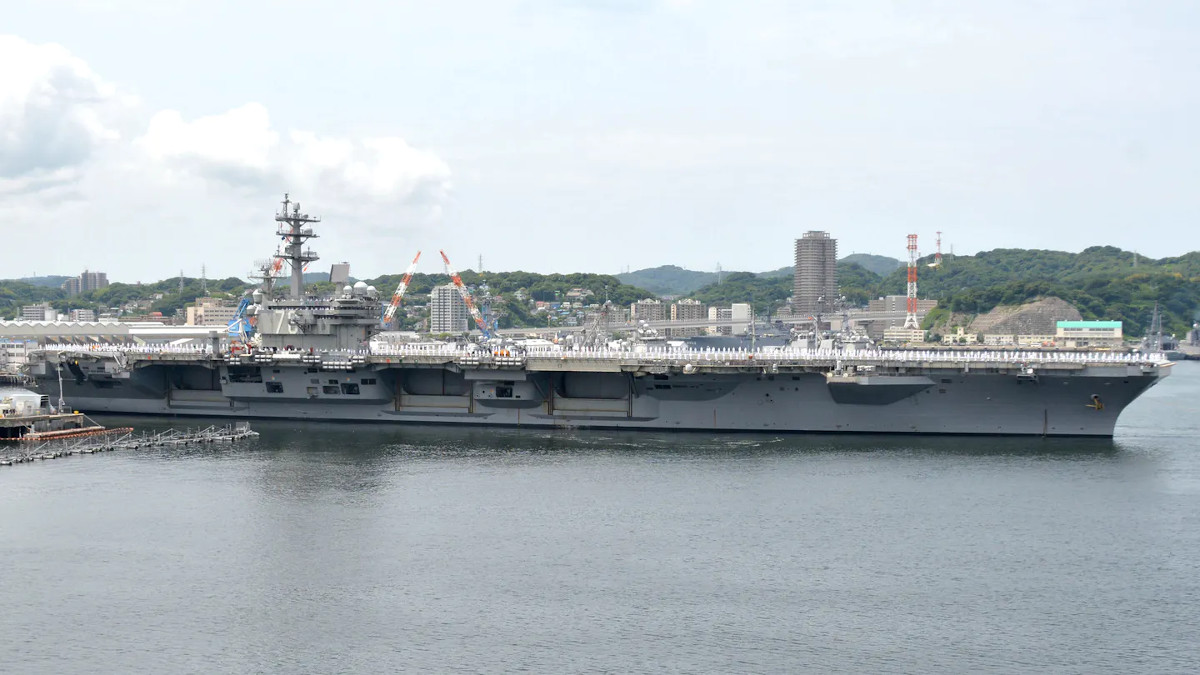
The virus is very clearly continuing to spread throughout the U.S. military, as a whole, too. A New Jersey Army National Guardsman became the first uniformed U.S. military service member to die from complications from COVID-19 on Mar. 30. There are more than 1,000 confirmed cases within the Department of Defense, including civilians and contractors.
“This will require a political solution, but it is the right thing to do,” Crozier wrote to his superiors. “We are not at war, and therefore cannot allow a single Sailor to perish as a result of this pandemic unnecessarily.”
The Theodore Roosevelt is rapidly becoming an important test case for how the Navy, as well as the rest of the U.S. military, responds to the COVID-19 pandemic. The decisions senior leaders make now, especially with Crozier’s passionate plea of a letter now being public, are likely to inform broader approaches to tackling the virus going forward.
Update:
The Navy now says it is evacuating a large portion of USS Theodore Roosevelt’s crew so that the ship can be disinfected. Defense One
reported the following:
“The key is to make sure that we can get a set of crew members that can man all those critical functions on the ship, make sure they’re clean, get them back on, clean the ship, and get the other crew members off,” Acting Navy Secretary Thomas Modly said in a Tuesday interview with CNN. “And that’s the process we’re going through. It’s very methodical. We’re absolutely accelerating it as we go.”
We will see just how effective this operation proves to be. Evacuating the crew sounds good, but to where? How will they be safely separated until they all can be done?
We will continue to update you on this story as more information comes available.
Update:
Apparently, even after the captain of the Navy’s most powerful warship with thousands of sailors onboard went rogue and begged for help to save his crew in a letter, many hours after that letter went public, the Secretary of Defense still hadn’t even read it. Baffling.
Contact the author: joe@thedrive.com
